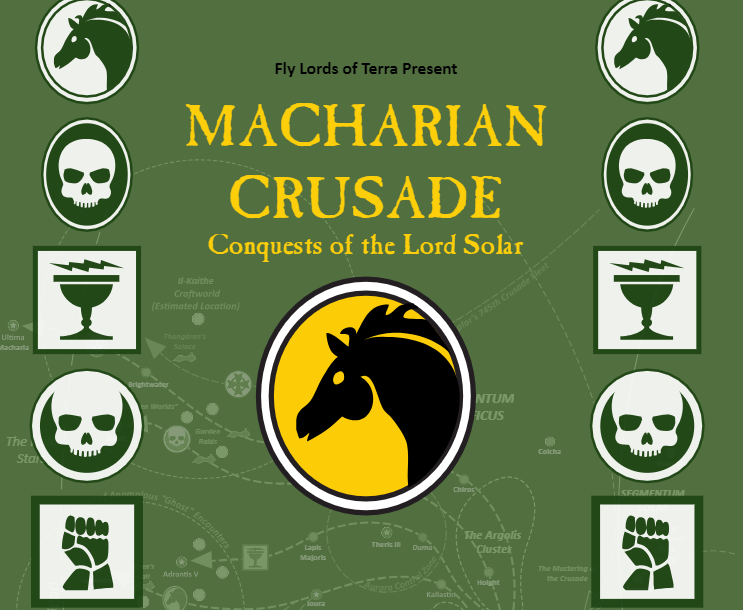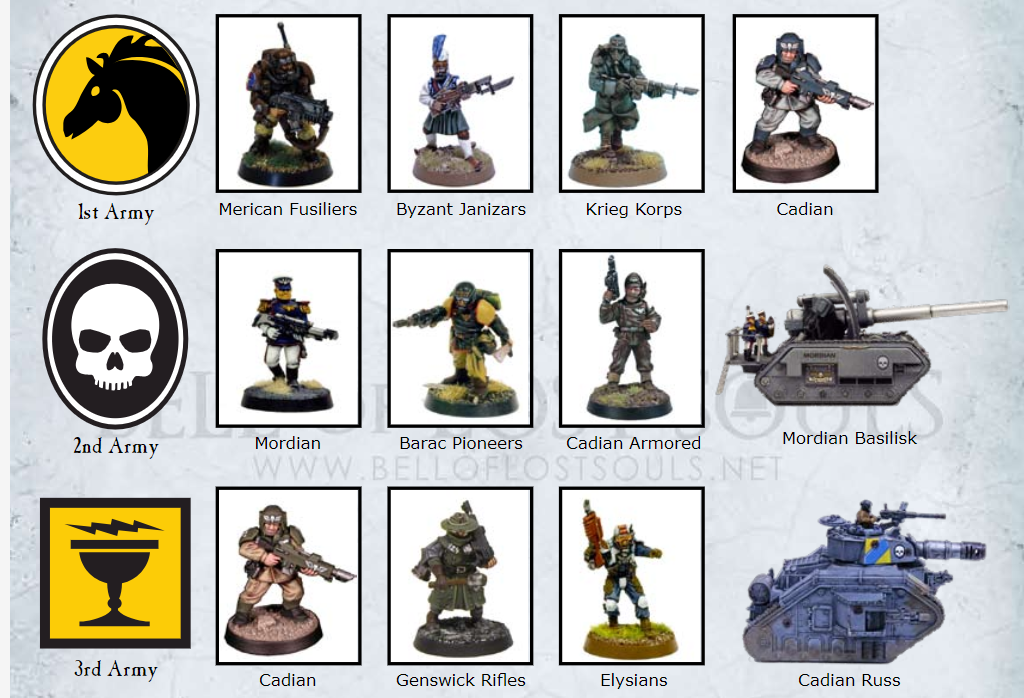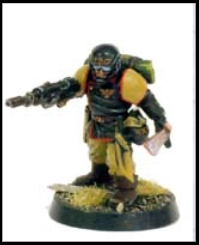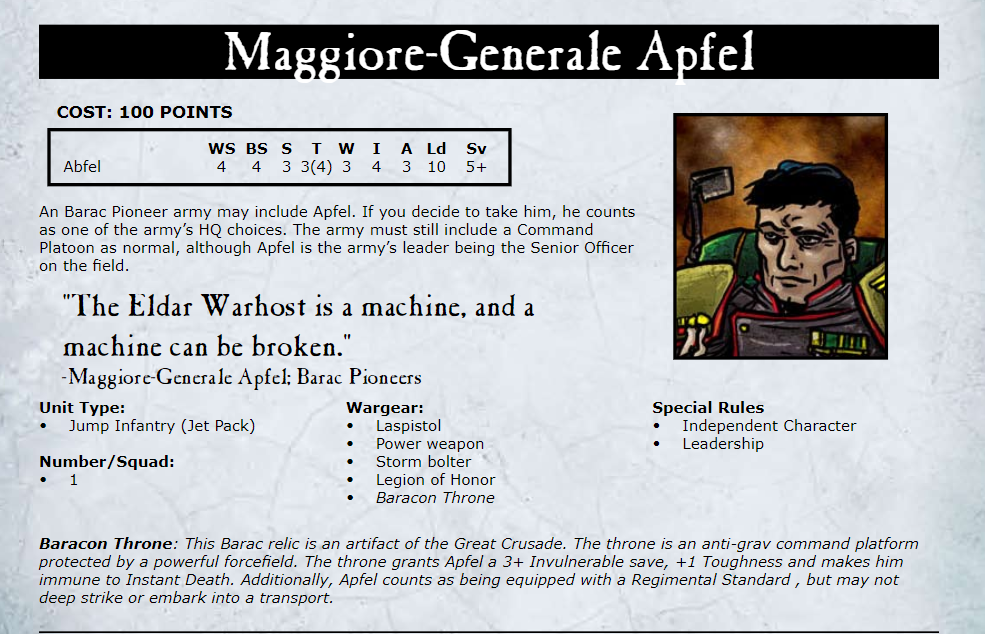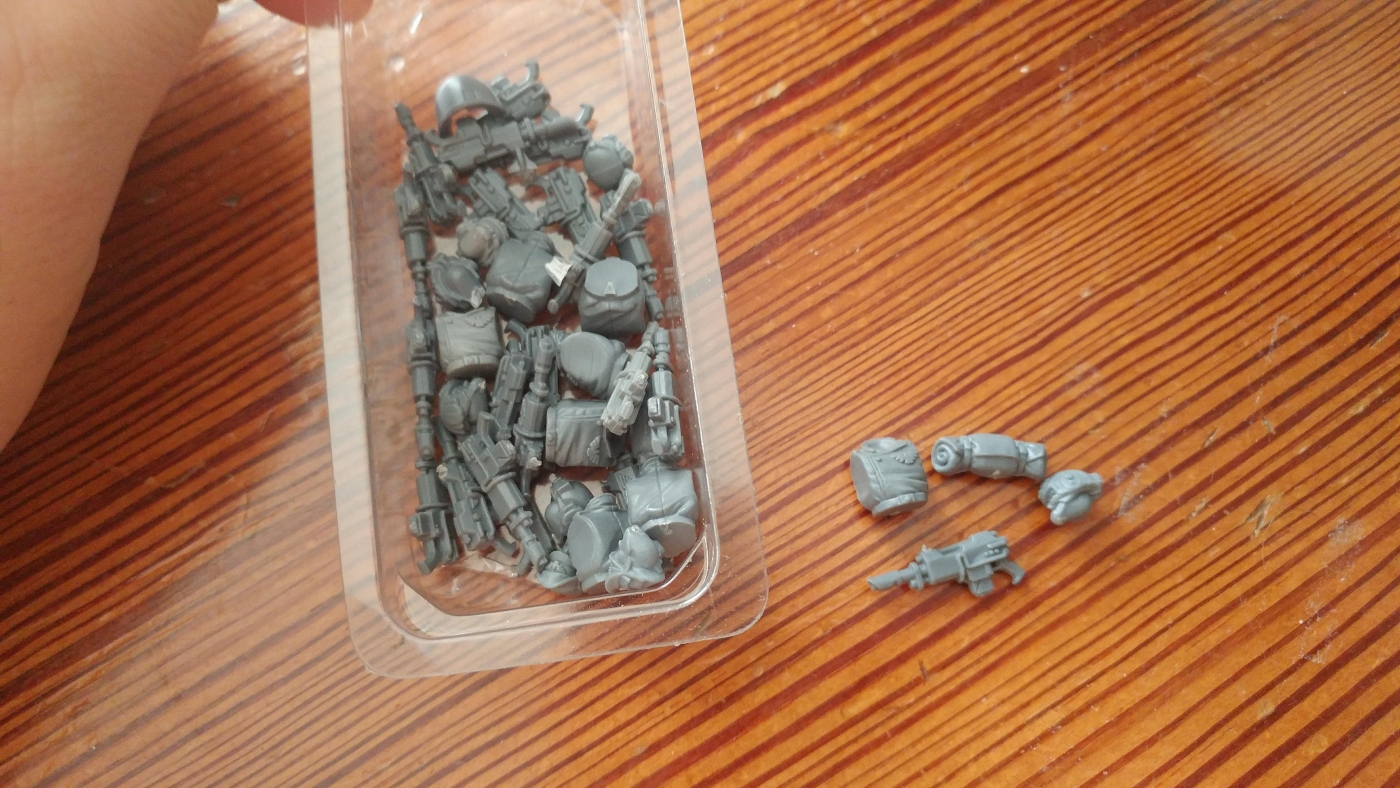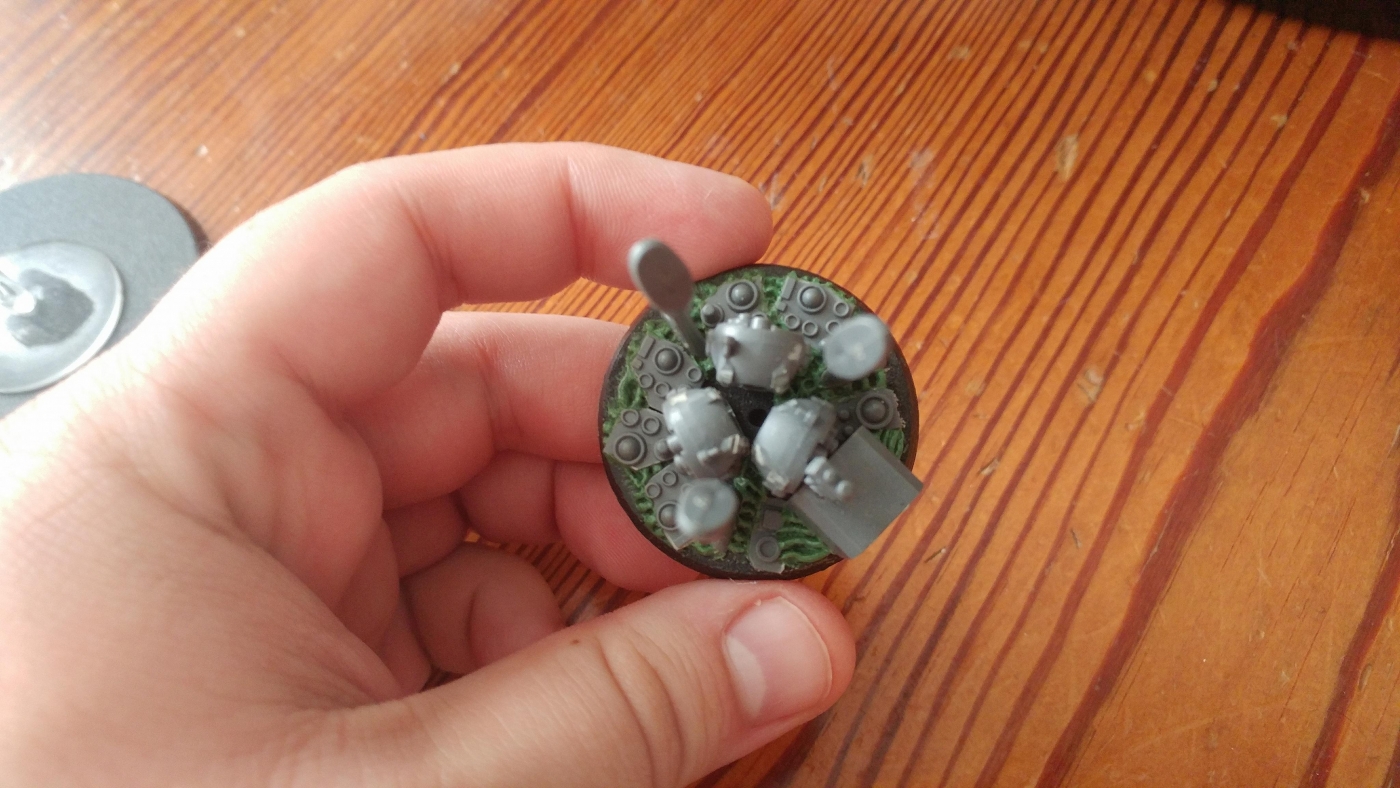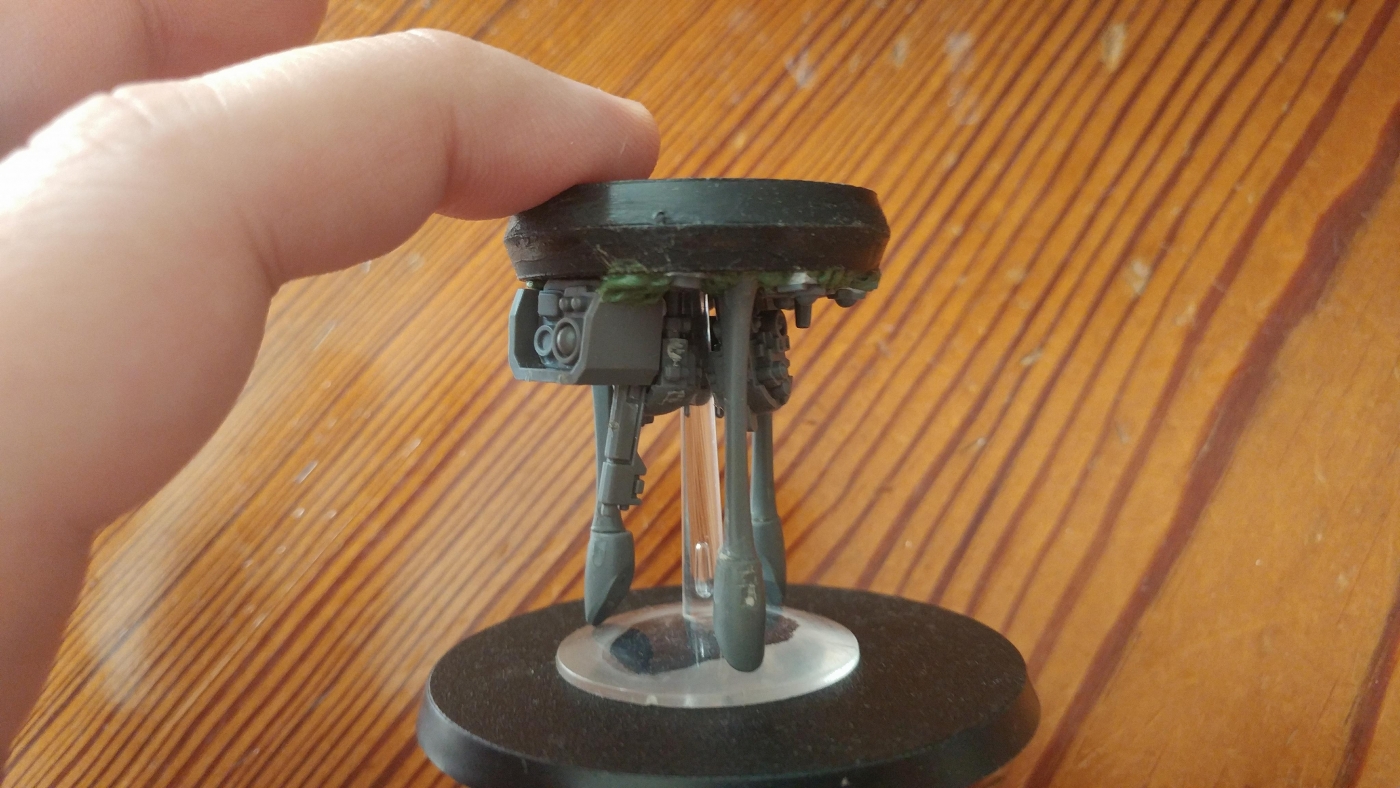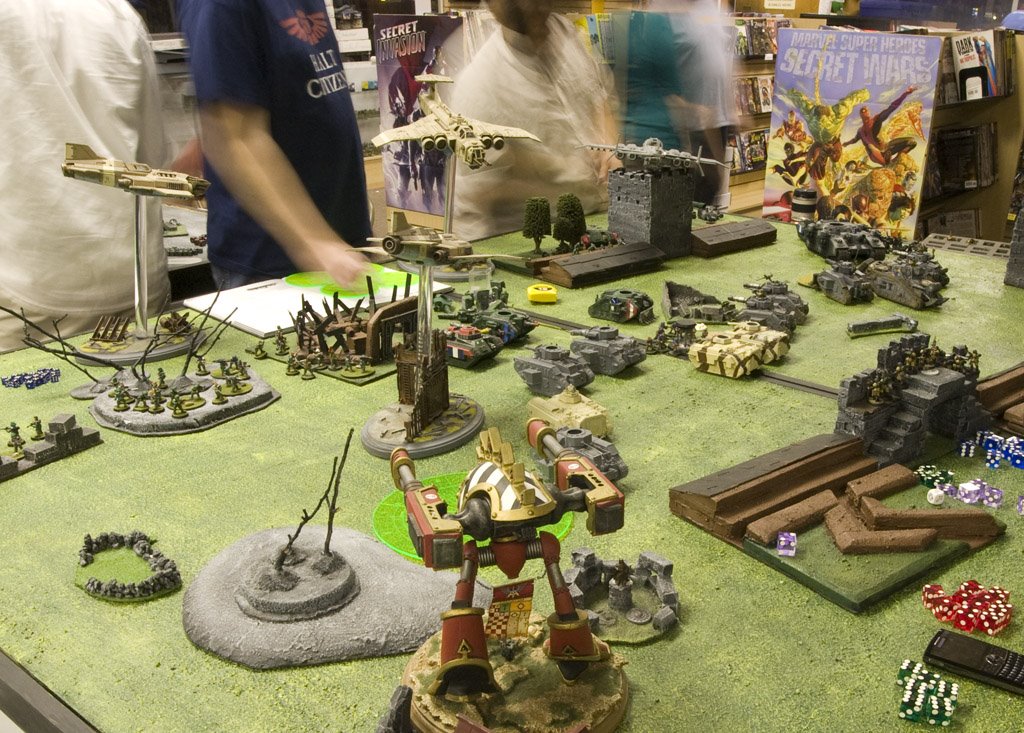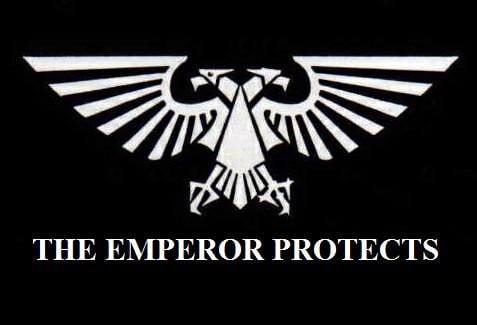40K For The Masses: How To Avoid Failing To Build An Army


Sometimes you have your army all planned out and ready to go. A great hobby idea and yet it falls apart. Let’s talk about how not to do that.
Previously on 40K For the Masses (yes I did just create a whole new ongoing series of articles, deal with it), I wrote about how to build an army for fun. There I discussed how to come up with an idea for an army and how to start building it. Of course, as we all know while players come up for army ideas all the time few make it to the tabletop. Many die in the idea stage, discarded for something better. Some, however, are started, time and effort are sunk, and then they fall apart, never seeing the Grimdark of the table. I’ve had this very thing happen to myself (more than once) so let’s look at an example of how an army can fail to be finished, and how we can learn from that to avoid it happening to us (again).
The Crusade
Long Ago back in the distant age of 2008 (holy crap that was a decade ago? That long ago joke isn’t as funny suddenly) we here at BoLS wrote a campaign booklet for the 40K. It was called the Macharian Crusade and its 136 pages covered playing games during the conquests of Lord Solar Macharius. The book covered the armies of the crusade and had a full campaign system for playing out the famous event. You can still find it here.
At the time I owned the FLGS that myself and the rest of the BoLS crew played at. Along with helping to write the campaign book we also ran a full play-through of the campaign at my store. Players built and converted armies for the campaign, many of which made it into the finished book.
The Army
One of the few models I got painted.
As one of the people working on the book, I was able to design the army I was going to build and play. Thus was born the Barac Pioneers. Now at the time the 3rd Ed. Imperial Guard Codex was one of the most flexible books in the game. A system of Regimental Doctrines let you modified your army unlock certain units or extra equipment. Each army built using this system could feel unique and special, and we used this system to make the regiments of the Macharain Crusade.
Each army had its own special character.
The Barac Pioneers I decided were a veteran mechanized force that liked using special weapons, especially melta-guns and storm bolters, which Guard had a lot of accesses to at the time. They were highly disciplined and often fought in close order. They also used close range lascarbines as part of their close assault kit. It was going to be a great army to build and convert. In a perfect world, I’d show you the finished army in all its glory. But this is not a perfect world, and this story doesn’t have a happy end.
The Fall
The four bits I needed from the tank accessory sprue, each model had to come from a tank, I’ve still got a small collection of bits left.
Things started off well. I found a cool way to convert the models using bits from the Imperial Guard Tank accessory sprue. I managed to build out a couple of units. I found a paint scheme I liked, loosely based on an Italian WWII anti-aircraft unit. I bought models and tanks galore. A squad got painted. 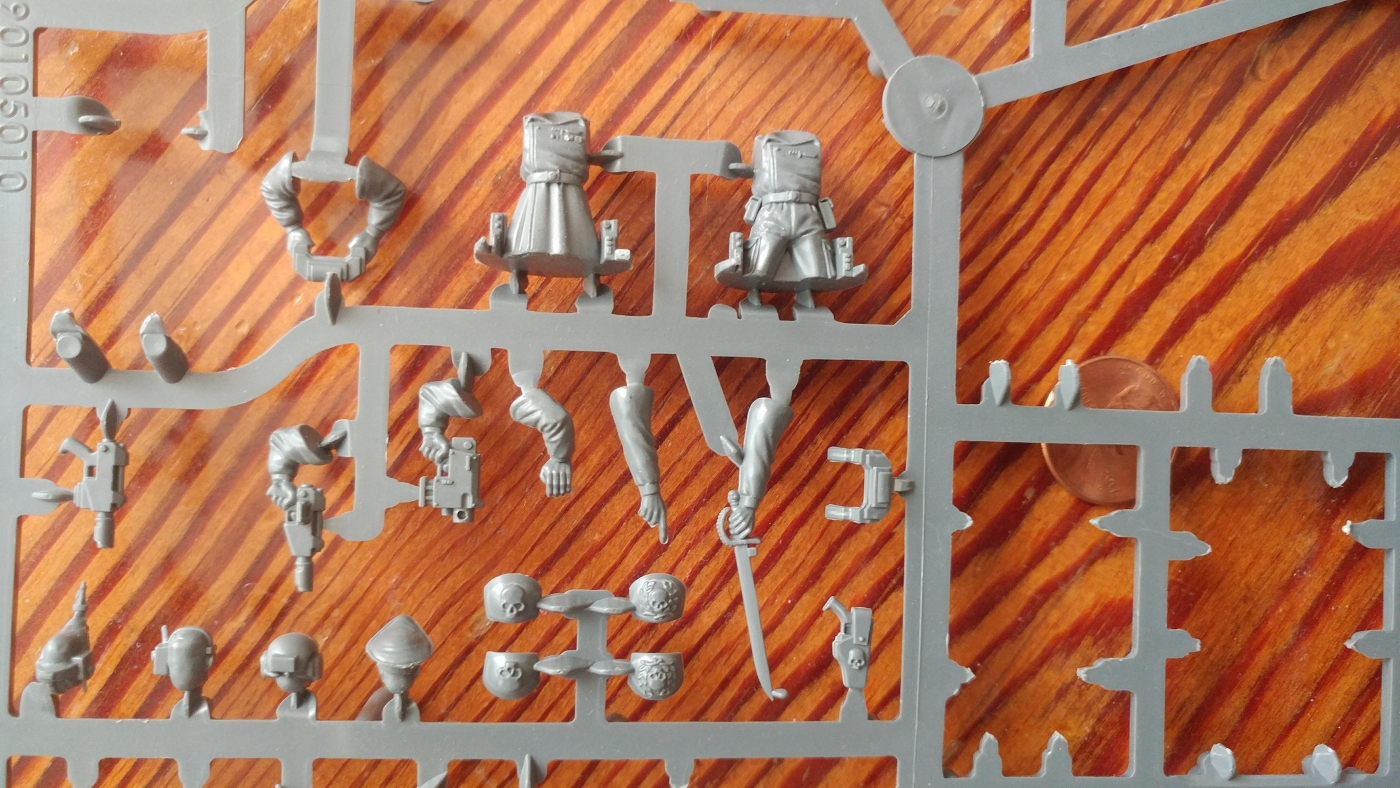
The old tank accessory sprue and some of the bits I used.
Then things started to fall apart. The campaign got started, and I wasn’t as far along as I wanted. A large part of this was that I am a very slow painter, I also don’t really like painting. I started to cut corners; I’d play with an unfinished army and finish it when I could. Then, with the army half done, GW redid the Guard Tanks, changing the tank accessory sprue. Suddenly the bits I needed to convert my models weren’t being made anymore.
The Barac Throne that my character was supposed to ride on, as finished as the rest of the army.
The general was supposed to ride on top.
I still thought I might be able to get enough bits to finish the army, but it was slowing me down. Then a new 5th Ed. Guard Codex was released. The Regimental Doctrines were gone, the army was standardized and far blander (this was the codex that gave rise to the Leafblower.) My army didn’t work anymore. Now with the campaign finished, the parts I needed no longer being made and the army invalidated by a new book I knew I couldn’t go forward. I shelved the idea but kept the models; maybe I could rework it later. I did indeed try to do this using one of the Inquisition Codexes that came out, the Retinues were a flexible unit that I could use to represent the Barac Pioneers, but alas that Codex was also replaced before I could get far, and the army remains unfinished to this day.
Lessons Learned 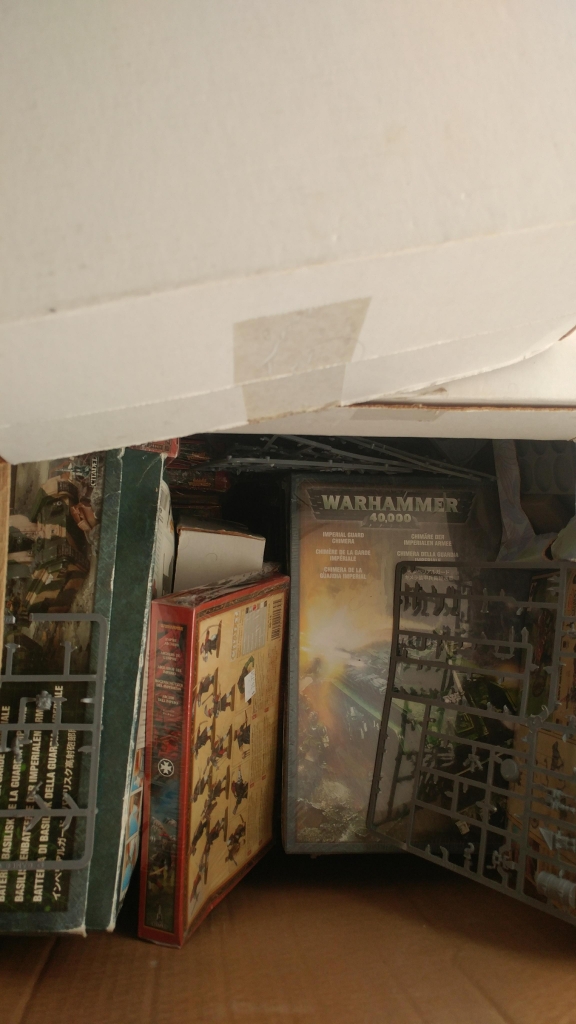
One of about ten large boxes I’ve got sitting around with 40K stuff it in, you can see some of the tanks bought for this army still unopened ten years later. Yeah, I have a problem.
So what lessons can we take away from this failure, and how can we avoid repeating these mistakes in the future? Let’s go over a few
- Be careful when working with a deadline. Campaigns or leagues can be great at motivating you to get work done on your armies. However, once those events end, it can likewise kill your motivation to carry on with an unfinished product. Know your limits and build towards realistic goals.
- Make sure the parts you need are available. One of the biggest challenges with this army was the parts I used. By using parts from the IG Tank Accessory Sprue, it means that for each infantry model I built someone had to have bought a tank. Given that hold up it’s amazing I finished as many models as did, something like 60. Still, the constant need to scrounge and trade for parts slowed down progress a lot. Ultimately when the parts I needed went out of production (something I had no way of foreseeing), I was stuck without the ability to expand the army. If I had used easier to get parts the army might well have been finished.
- Be careful about armies that test the extremes of a codex. This was an army that was VERY specific to its particular codex. From the heavy use of Regimental Doctrine system to a reliance on buying tons of upgrades (I needed to spend points to keep the model countdown) it took advantage of rules only found in that particular edition of the codex. Once the book changed, I was hard pressed to adapt the army to a new one. I had lots of models equipped with Stormbolters when Sergeants and Command Squad Veterans lost the ability to take them I had no way to adjust the army.
- Don’t start a new project till you’ve finished the old one. This should be pretty obvious but once you’ve moved on to a new project its hard to go back.
Stay Flexible
If I could sum all the lessons up in one sentence, it would be: “Stay flexible when building a new army.” My choices, in both the models I used and building the army to take advantage of certain rules, meant I had little flexibility. When the rules changed, as they do, my limited models couldn’t adjust to a new list. The army was too focused on being good for the campaign and not flexible enough to adjust to the long run of 40K, and thus I was never able to finish it.
You can just make out my one painted squad on the gatehouse to the right of the titan, and some of my unpainted tanks in the middle of the table.
Anyway, folks, I hope you will take this cautionary tale to heart. I sunk a lot of time and effort and money into this army with little result. With a bit more planning and wisdom I might have been able to finish the army. Or my dislike of painting might still have crippled me. Hopefully, you can avoid the same mistakes. And hey, I’ve still got the models. Some day perhaps the Barac Pioneers will live again.
Let us know about your great hobby failures and what you’ve learned, down in the comments.

